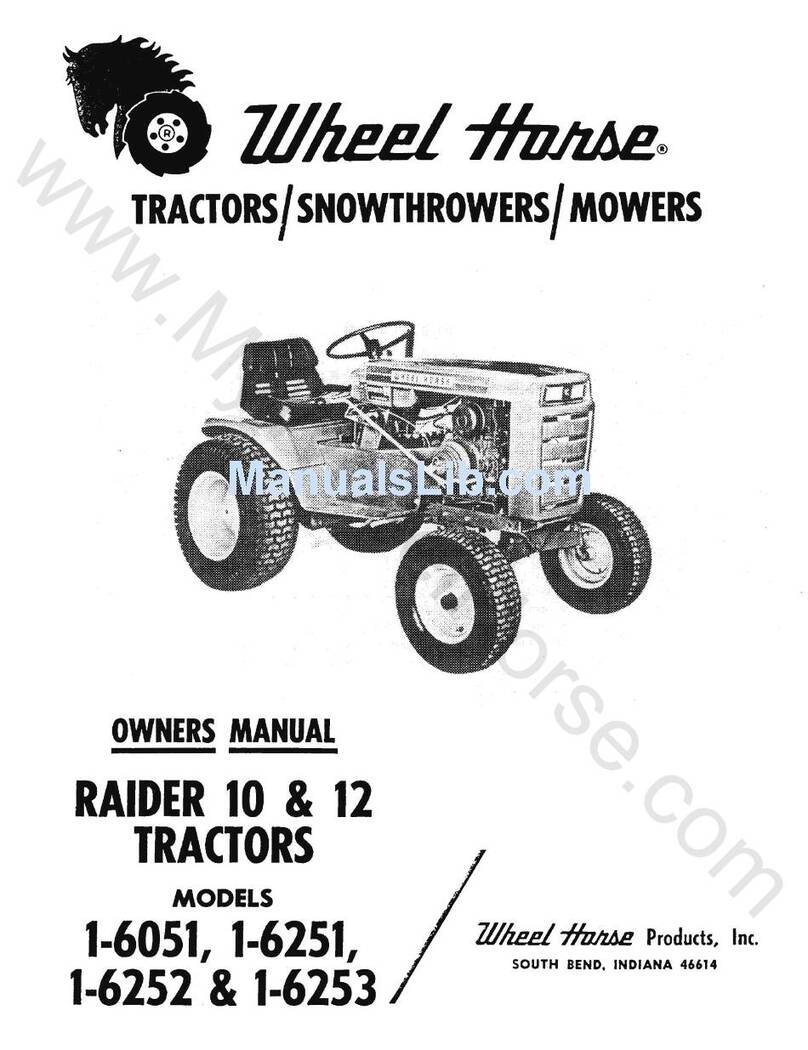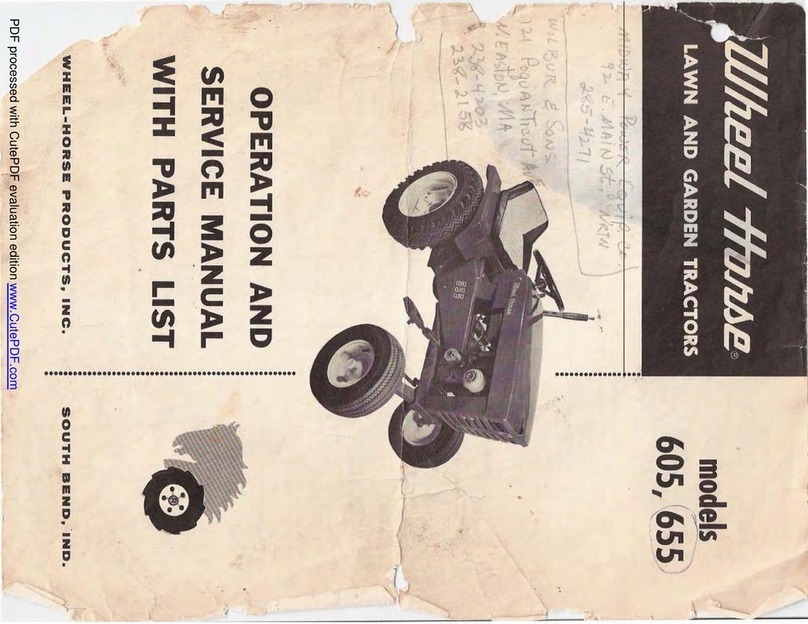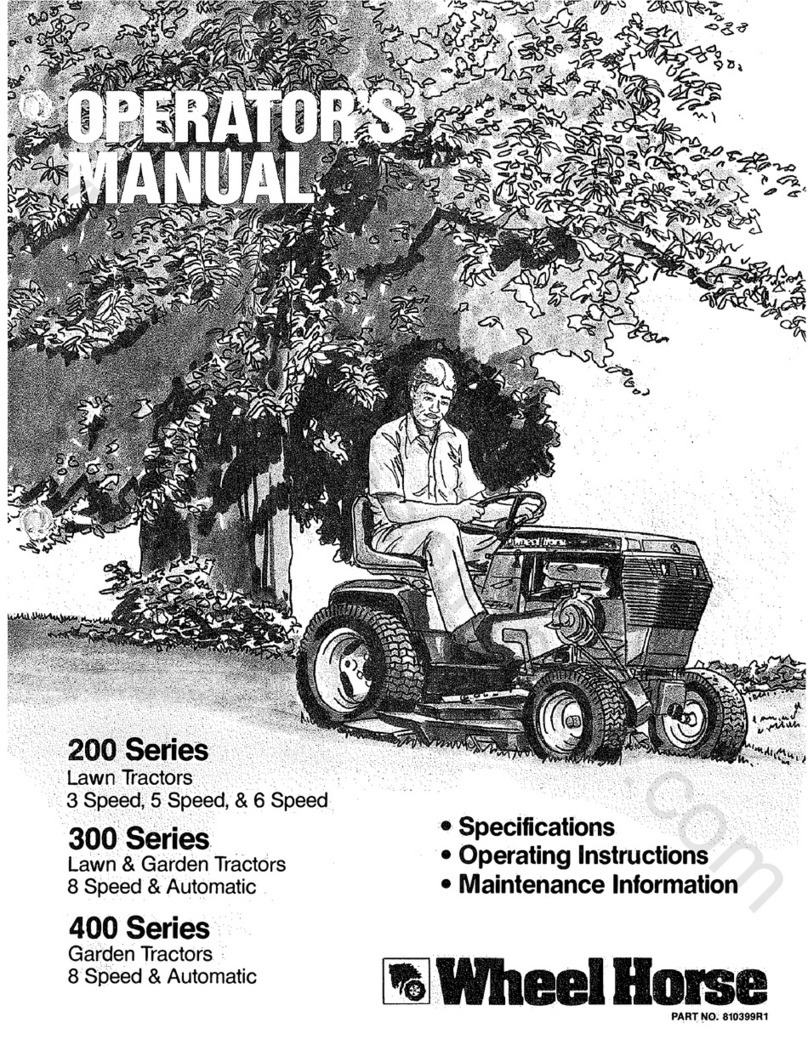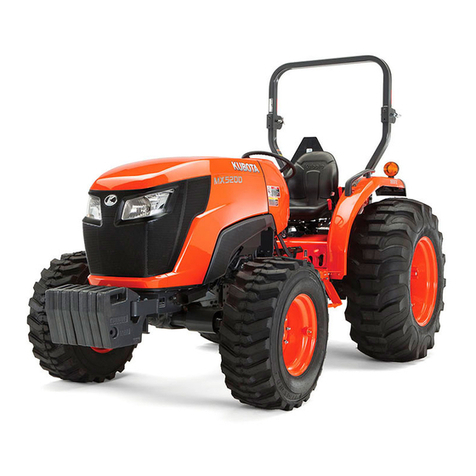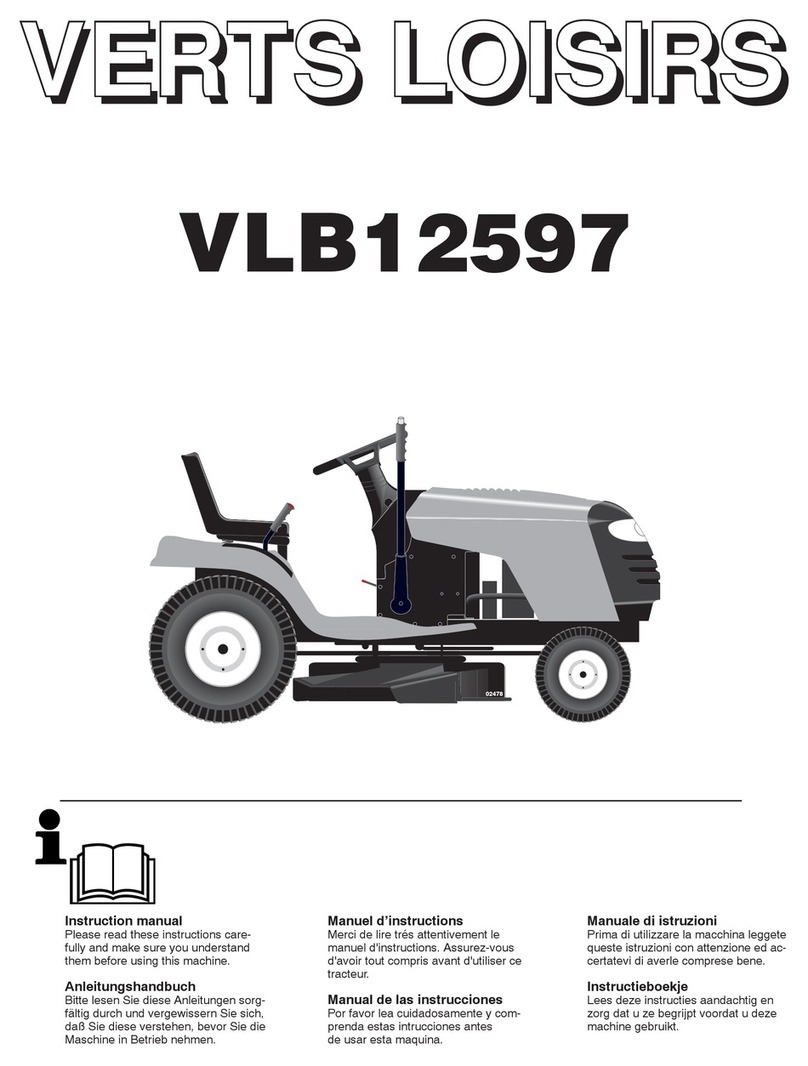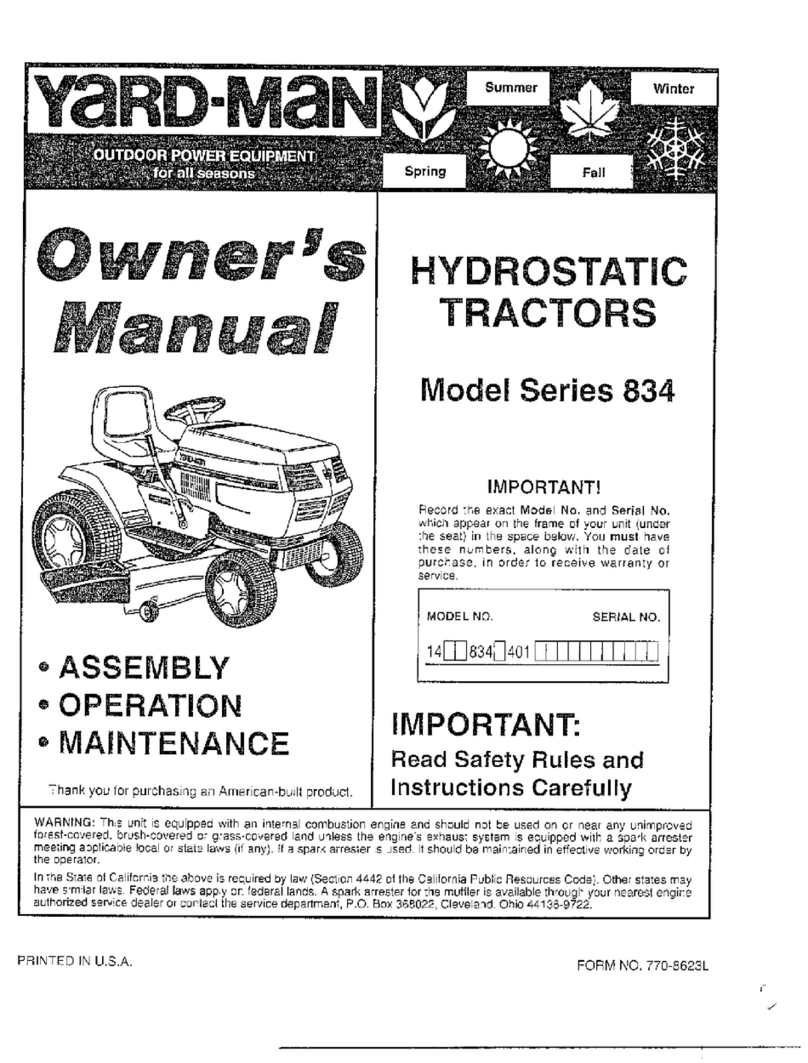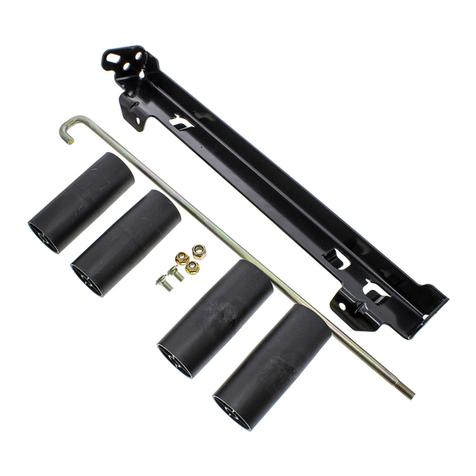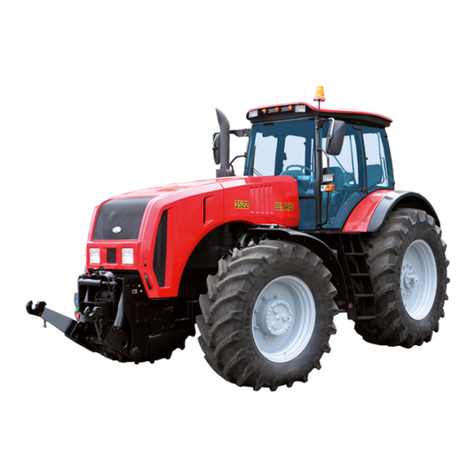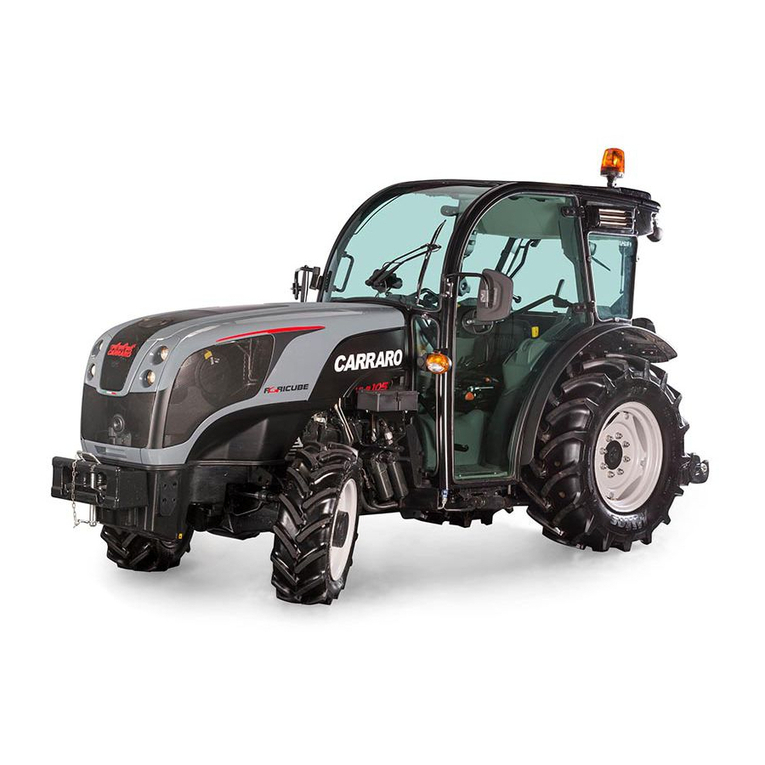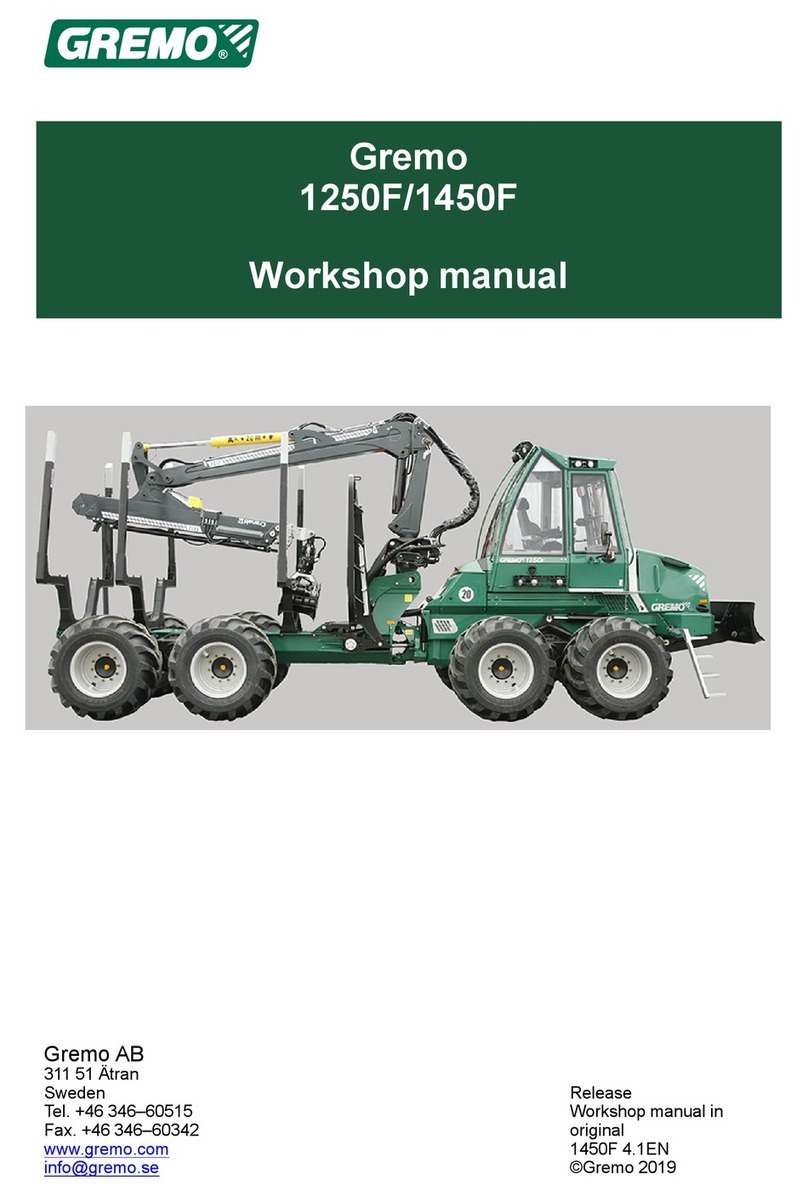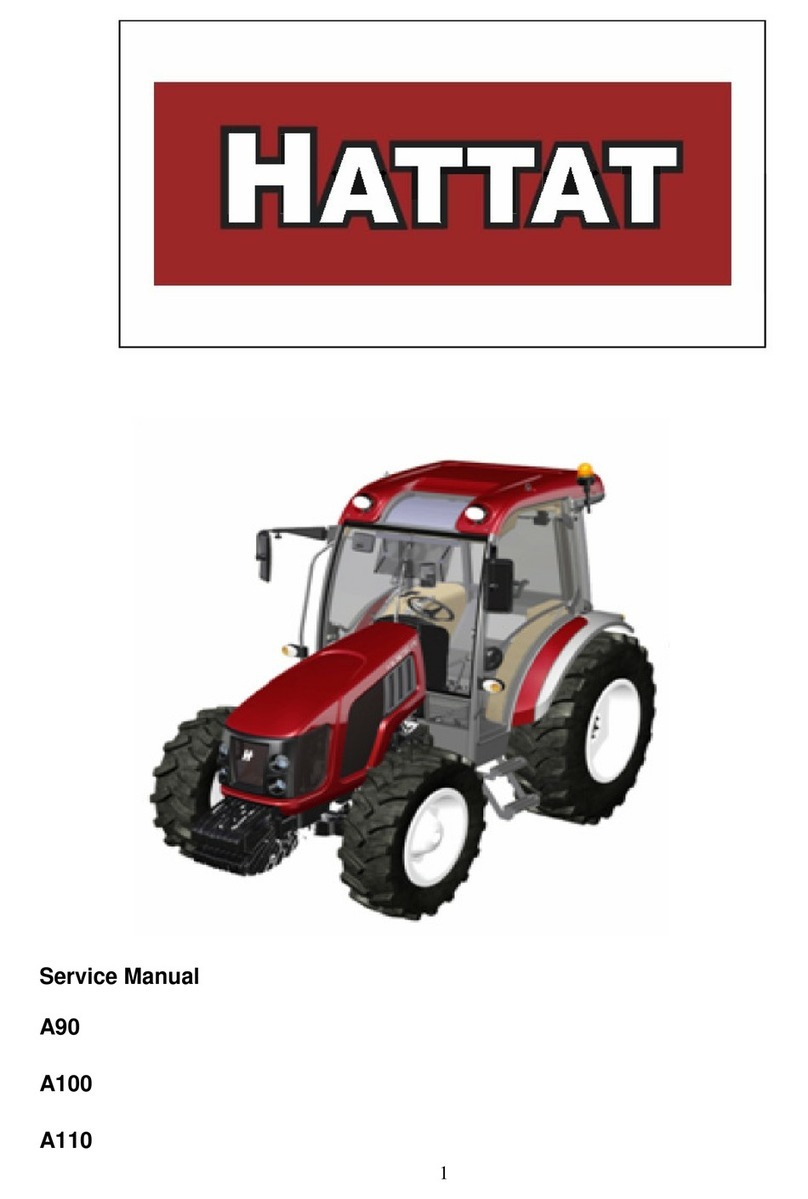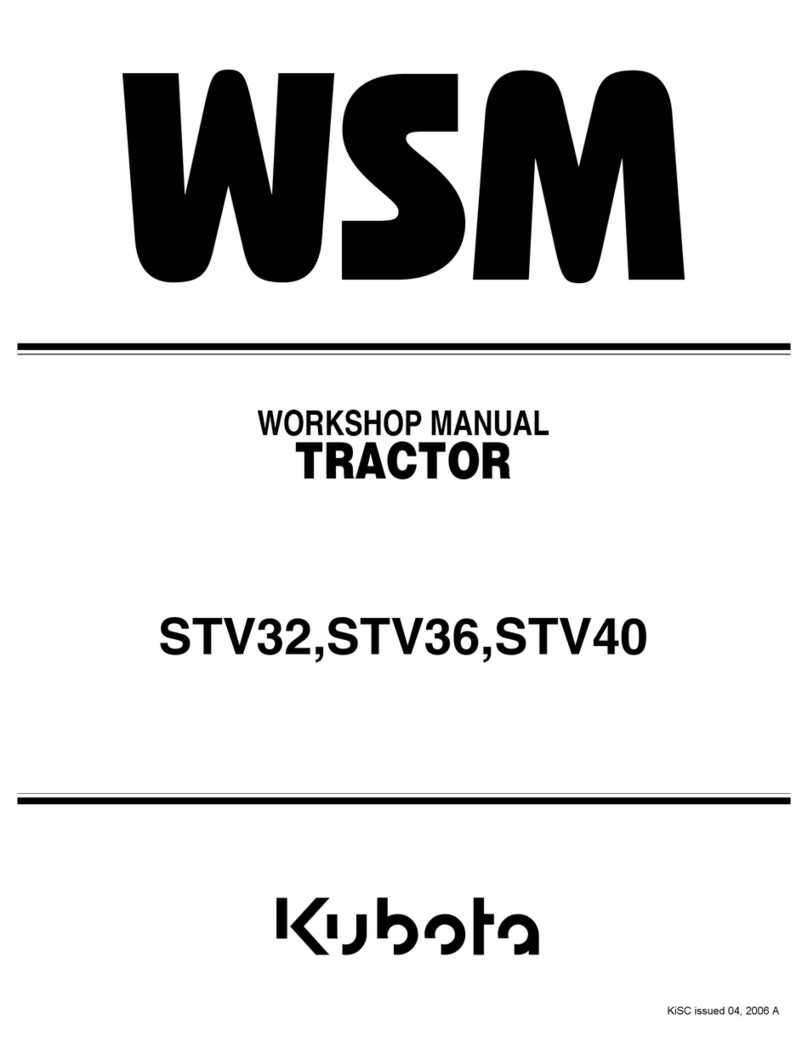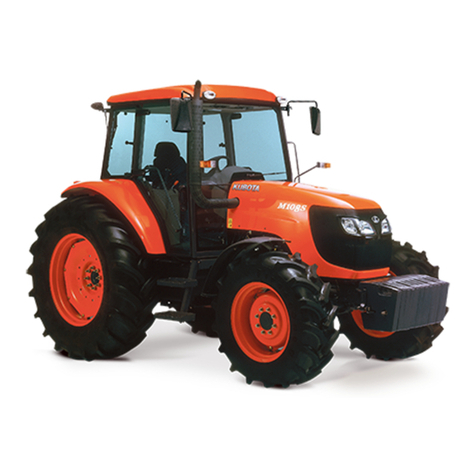
TRACTOR SPECIFICATIONS (continued):
PHYSICAL
DATA:
TRACTOR HEIGHT LENGTH WIDTH WHEEL INSIDE
DRY
WEIGHT
MODEL
BASE
TURNING
RADIUS (APPROXIMATE)
B-115
37
in.
67
in.
36
in.
45.5
in.
51
in.
350
Ibs.*
(94 em)
(170
em) (92 em)
(116
em)
(130
em)
(159
kg)
B-165
37
in.
67
in.
36
in.
45.5
in.
47
in.
380
Ibs.*
(94 em)
(170
em) (92 em) (116 em)
(119
em)
(172
kg)
C-85
41
in.
69
in.
36
in.
45.5
in.
45
in.
540
Ibs.
(104
em) (175 em.) (92 em)
(116
em)
(114
em)
(243
kg)
C-l05
41
in.
69
in.
36
in.
45.5
in.
45
in.
590
Ibs.
(104
em) (175 em.) (92 em)
(116
em)
(114
em)
(266
kg)
C-125
41 in.
69
in.
36
in.
45.5
in.
45
in.
600
Ibs.
(104
em) (175 em.) (92 em)
(116
em)
(114
em)
(270
kg)
C-145
41 in.
69
in.
37
in.
45.5
in.
45
in.
640
Ibs.
(104
em) (175 em.)
(94
em)
(116
em) (114 em)
(288
kg)
C-175
41
in.
69
in.
37
in.
45.5
in.
45
in.
600
Ibs.
8-Speed
(104
em)
(175
em.)
(94
em)
(116
cm)
(114
em)
(270
kg)
C-175
41
in.
69
in.
37
in.
45.5
in.
45
in.
570
Ibs.
Automatic
(104
em)
(175
em.) (94 em)
(116
cm)
(114
em)
(259
kg)
C-195
43.5
in.
75
in.
39.5
in.
52.5
in.
35
in.
7401bs.
(111 em) (191 em) (100 em) (133 em) (89 cm) (336 kg)
*Add
25
Ibs.
(11
kg)
for
Automatic
Model.
TUNE-UP/GENERAL
MAINTENANCE
SPECIFICATIONS:
ENGINE:
TRACTOR
POINT
TIMING
MODEL
GAP
MARK
in./mm
LOCATION
B-115
N/A
N/A
B-165
N/A
N/A
C-85
.020/.5
N/A
C-l05,
C-125
.020/.5
N/A
C-145
.020/.5
N/A
C-175
.020/.5
N/A
C-195
.020/.5
N/A
*Or
equivalent
(Champion
number
shown).
---
--~--
--------
LIQUID
CAPACITIES:
Crankcase:
B-115 - 1X
qt.
(1.4
I)
B-165 -
IX
qt.
(1.41)
C-85 -
1~
qt.
(1.2/)
IGNITION
TIMING
(BTDC)
Fixed
Fixed
Fixed
Fixed
Fixed
Fixed
Fixed
C-l05,
C-125,
C-145
- 1X
qt.
(1.4
I)
C-175, C-195
-1%
qt.
(1.6l)
Transmission:
B-Series
5-Speed
-
N/
A
B-Series
Automatic
Hydrostatic
Unit - %
qt.
(.7 l)
Transaxle
- 1%
qt.
(1.3
I)
C-Series
8-Speed
- 2
qt.
(1.9l)
C-Series
Automatic
- 5 qt.
(4.71
)
Fuel Tank: B-Series - 1X
gal.
(5.7 I )
C-Series,
8-17HP
- 3
gal.
(11.4
I)
C-195
-
4X
gal.
(171)
SPARK
PLUG
TYPE'
CJ-8
RJ-12
J-8
H-l0
H-l0
BL-15Y
BL-15Y
iii
SPARK DIRECTION IDLE GOVERNED
PLUG
GAP
OF ROTATION
RPM
MAX.
RPM
in./mm
(Facing PTO)
(No
Load)
(No
Load)
.030/.76
Cou
nterclockwise
1750
3300
.030/.76
Counterclockwise
1400
3300
.025/.64
Cou
nterclockwise
1900
3500
.035/.9
Counterclockwise
2100
3400
.035/.9
Counterclockwise
2100
3400
.025/.64
Counterclockwise
2100
3400
.025/.64
Counterclockwise
1200
3400
CHASSIS:
Zerk
Fittings: B-Series - 6
C-Series - 6
PTO
Brake
Adjustment
(PTO
engaged):
B-Series -
.010
(.25
mm)
Gap
between
brake
pad
and
pulley
Front
Wheel
End Play:
C-Series,
8-17
HP
-
.012
(.3
mm)
Gap
between
brake
pad
and
pulley
C-195 -Refer
to
Text
0-.015
in. (.4
mm)
All
Models




